Some of the links below are affiliate links, meaning, at no additional cost to you, we will earn a commission if you click through and make a purchase.
Rangefinders are gadgets employed for sporting pursuits and military practices. The equipment is meant to indicate the distance of the target object. Prices rangefinders can range from an affordable $60 to over $11,000 for high-end, sophisticated military models.
How Rangefinders Work
The rangefinder starts to operate once the user pushes a button. This action prompts the gadget to spring a laser back off the target object. An integrated clock in the gadget then calculates the times the laser took to pass through to and back and find out the target’s distance to plus or minus a yard.
The reading of the distance is shown on the equipment’s LCD display in a matter of seconds. The ranges of this particular equipment vary; in rifle models for example, ranges can go to as far as 1200 yards while models meant for hunting use can go to as far as 800 yards.
Different Types of Rangefinders
-
Golf
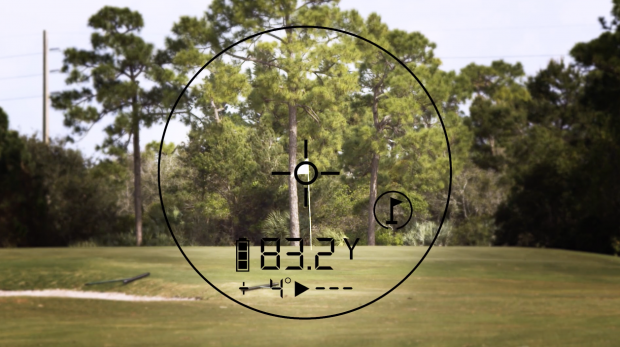 Golf rangefinders are often used to help golfers enhance their game. There are two kinds of rangefinders for golfing and they are the GPS and the laser rangefinders.
Golf rangefinders are often used to help golfers enhance their game. There are two kinds of rangefinders for golfing and they are the GPS and the laser rangefinders.
On one hand, the GPS rangefinders need lesser time to verify a hole’s distance or any other point around the course. They call for the course to be charted and at times, need users to hand over a subscription fee once a month. This subscription fee usually depends on the kind of service that the user selects.
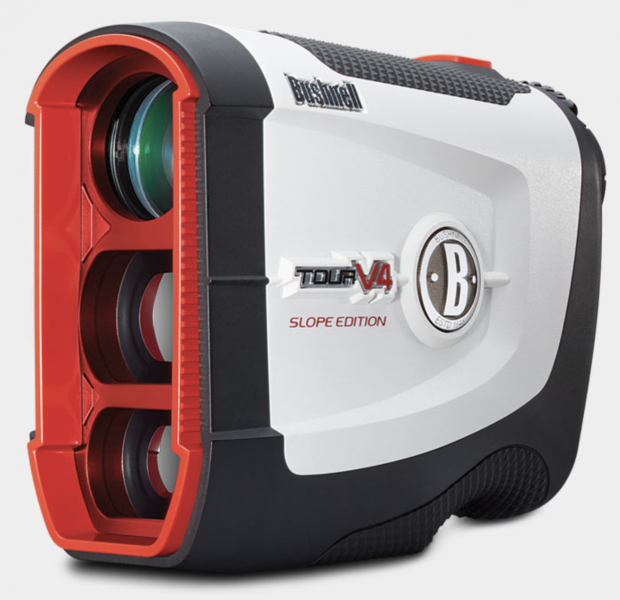 GPS rangefinders are capable of offering precise distances even on green locations and because it makes use of GPS technology, users do not have to focus the unit at a stable pace to find the target. It can produce the layout of the course hole easily and it can be activated and proceed to determine the needed readings. Most GPS rangefinders come as golf GPS watches or golf GPS handhelds.
GPS rangefinders are capable of offering precise distances even on green locations and because it makes use of GPS technology, users do not have to focus the unit at a stable pace to find the target. It can produce the layout of the course hole easily and it can be activated and proceed to determine the needed readings. Most GPS rangefinders come as golf GPS watches or golf GPS handhelds.
However when it comes to accuracy, GPS models still trail behind the laser rangefinder types and it operates by means of a battery, thus it needs to be charged once the battery dies out. Updates for the courses have to be downloaded online, which can be a hassle for golfers who don’t have that much knowledge in using the World Wide Web.
On the other hand, laser rangefinders does not call for a certain course to be charted but they can take a while to provide distance calculations as compared with a GPS. They are also a bit more complicated than the GPS type.
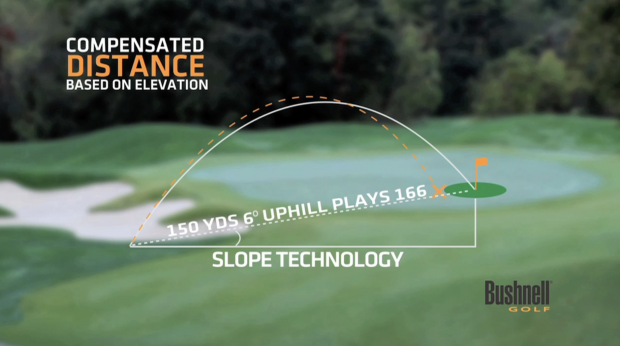 Laser rangefinders for golfing are simple to set up and put together whenever needed. It uses highly accurate laser technology to calculate the distance between the device and the target. These devices have a lengthy battery life and have a light, portable size which makes them a breeze to carry around. It features excellent accuracy as well which makes for better target-spotting and has a higher magnification level.
Laser rangefinders for golfing are simple to set up and put together whenever needed. It uses highly accurate laser technology to calculate the distance between the device and the target. These devices have a lengthy battery life and have a light, portable size which makes them a breeze to carry around. It features excellent accuracy as well which makes for better target-spotting and has a higher magnification level.
Laser rangefinders though are not good in recognizing the target behind factors like hills and trees but there are models available to control this issue called hybrid types. Many high quality models have extra features for flag detection, stabilisation and compensate for uphill slopes and therefore laser rangefinders are capable of spotting flagged locations but not green areas and they are generally more expensive than GPS models.
-
Hunting
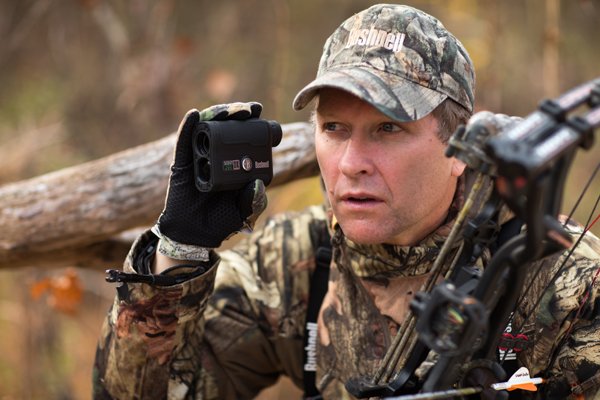 There are varying kinds of hunting, and these kinds usually need a certain kind of rangefinder. The whole pursuit requires a variety of equipment in wide-ranging settings with a variety of game, thus each kind of hunting style necessitates a rangefinder that is custom-built to the type of hunting in which the individual is involved with.
There are varying kinds of hunting, and these kinds usually need a certain kind of rangefinder. The whole pursuit requires a variety of equipment in wide-ranging settings with a variety of game, thus each kind of hunting style necessitates a rangefinder that is custom-built to the type of hunting in which the individual is involved with.
- Archery
The model for this pursuit has a neat and trim design that features angle compensation. The archery models are usually built for upright holding which makes this model lighter than level models. Its compact size also makes them portable enough to be stored in a tether system or holster.
- Rifle hunting/rifle shooting
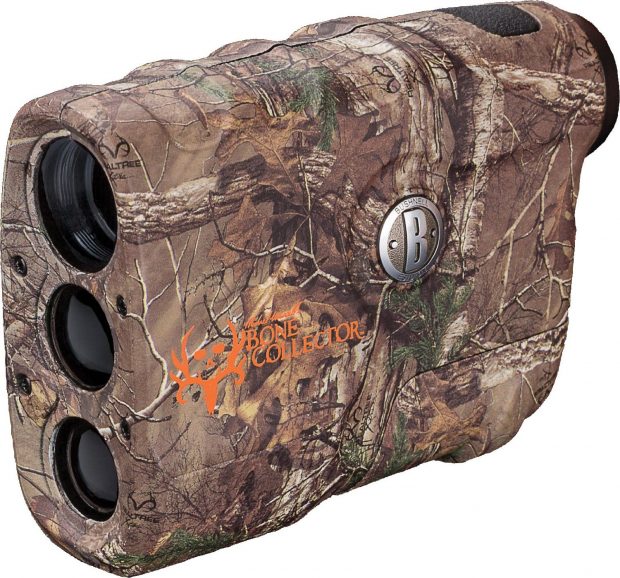 Rifle hunting engages a longer range of distance as compared with archery/bow hunting. The higher the range power of a model, the better readings it will provide. However, hunters may still have to recompense for a number of those distances by walking hence having a lightweight model is recommended.
Rifle hunting engages a longer range of distance as compared with archery/bow hunting. The higher the range power of a model, the better readings it will provide. However, hunters may still have to recompense for a number of those distances by walking hence having a lightweight model is recommended.
For rifle hunting, magnification is an important component of precision reading thus a model with a 7x magnification is ideal for the job. Many hunters use a hunters rangefinder to locate any targets and use the rifle scope to aim and shoot at the target.
Rifle shooting generally engages longer distances with smaller targets. Factors that are crucial for this kind of model are magnification and optics. Like the models used for rifle hunting, a unit with a 7x-8x magnification is highly recommended for this kind of pursuit.
A level or straight design is also an important feature since shots given at longer ranges are less stable. This kind of gripping design is larger in size and lets users hold the unit with both hands.
There are also dual-purpose rangefinders that can be used for both rifle hunting and archery. Because they provide features that serve more than one pursuit, they typically feature a higher range of competencies.
-
Surveying (Forest)
 The usual applications for a forest surveying rangefinder include verifying the distance between nearby trees and a plot center, finding the distances from a single fixed area to another and measuring the height of trees. The equipment is also used to assist in verifying stands of timber and the total volume of a particular tree.
The usual applications for a forest surveying rangefinder include verifying the distance between nearby trees and a plot center, finding the distances from a single fixed area to another and measuring the height of trees. The equipment is also used to assist in verifying stands of timber and the total volume of a particular tree.
The overall size and weight of a model that is to be carried by means of a field vest factors for certain tasks which will involve walking greater distances or traversing locations with higher terrain. Those factors are crucial since there is a variety in terms of sizes and weight for forest rangefinder models; several can be light and portable while others can be hefty and ungainly.
-
Ballistics
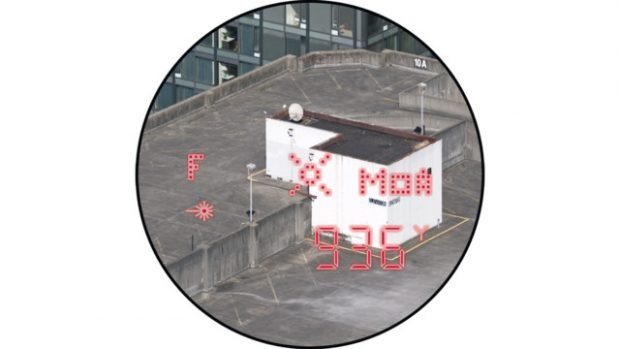 The type used in this field are usually incorporated together with firearms to pursue target objectives over longer distances. It is employed to calculate the distance pertaining to the specific target and facilitate the enabling of a projectile release. The laser kind is often utilized in this kind of procedure and noticeably features an incandescent dot that might signal a target.
The type used in this field are usually incorporated together with firearms to pursue target objectives over longer distances. It is employed to calculate the distance pertaining to the specific target and facilitate the enabling of a projectile release. The laser kind is often utilized in this kind of procedure and noticeably features an incandescent dot that might signal a target.
Prior to the development of electronic/laser models, the army employed sizable, heavy optical rangefinders that features plenty of meters to calculate the range for naval munitions.
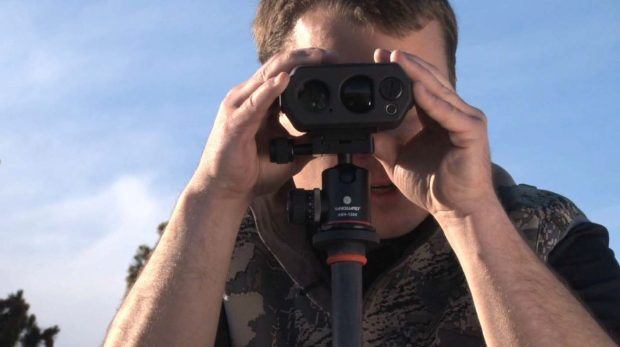 The laser model makes of a light pulse and a receiver that documents its reflection time. Accuracy usually depends on the quality of the model. Those that are available commercially includes a range that measures up to 1500 yards contained in a 1-3 yard span. Normally, models with a 400-yard range include enhanced resolution on targets contained inside a 10-20 yard range.
The laser model makes of a light pulse and a receiver that documents its reflection time. Accuracy usually depends on the quality of the model. Those that are available commercially includes a range that measures up to 1500 yards contained in a 1-3 yard span. Normally, models with a 400-yard range include enhanced resolution on targets contained inside a 10-20 yard range.
The ballistic rangefinder’s capability of determining precise distance-to-target measurement is founded on the reflective attributes of the target. If for example the target is shadowy or obscure thus not that reflective, the reading that will come out will not be as precise or users won’t even get a measurement at all.
In addition, the occurrence of fog or rain can greatly influence the measurement since drops of water can refract light, which in turn will confuse the equipment by transmitting contrasting return signals.
However, there are available models that feature a reversing system that can manage to scrutinize the contrasting return signals to acquire a factual reading. Regardless, the measurement might be less precise as compared with working under normal situations.
-
Photography
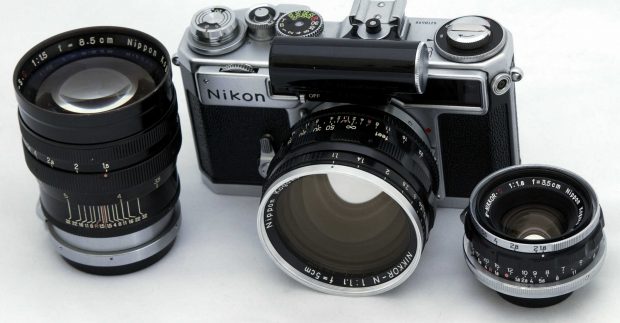 A lot of photographers from pros down to amateurs have learned about the benefits of a rangefinder camera. The camera is for those who want to up their game or need another model to add in their collection. This particular camera, which features the advantages of an rangefinder, offers users a proper balance of mechanization, great quality and flexibility.
A lot of photographers from pros down to amateurs have learned about the benefits of a rangefinder camera. The camera is for those who want to up their game or need another model to add in their collection. This particular camera, which features the advantages of an rangefinder, offers users a proper balance of mechanization, great quality and flexibility.
This kind of camera includes a focusing device located on the front which lets users determine the distance between the object being shot and the camera to acquire a well-defined, precise focus. The viewfinder displays 2 images once the photographer goes through it. Once the user turns a standardized wheel, the camera’s focus can be modified in increments.
As soon as the 2 images shown in the viewfinder come together as a single image and the camera accomplishes that well-defined, precise focus, the photographer can then inspect the wheel to recognize the range in the middle of the subject and the camera.
The initial group of rangefinder cameras feature 2 windows, these windows being one for the viewfinder and one for the rangefinder. But this moderately inopportune style was ultimately adjusted into one window for the viewfinder. This contemporary take lets real-time merging and focusing to take place, making procedures easier for all photographers.
Today there are available digital viewfinder cameras for photographers to use, the first of them was launched 12 years ago. Digital rangefinders are expensive and usually include lesser technological attributes than standard digital single-lens reflex cameras but plenty of photographers are into this model because of its style and functionality.
On the customer market you hardly see any rangefinder camera anymore. The mirrorless and DSLR cameras have taken over the whole market with easy to use, point and shoot, cameras. Even the DSLR cameras can be set on ‘Auto’ mode and requires no special knowledge about diafragma or shutter speed anymore. For this article it goes too far to compare the mirrorless vs DSLR cameras. The professional photographers will choose a DSLR cameras because they are more adjustable for specific situations and setups. For instance you can change out with many different types of objectives and you can set up the camera with shutter speed, diafragma, iso and other settings.
